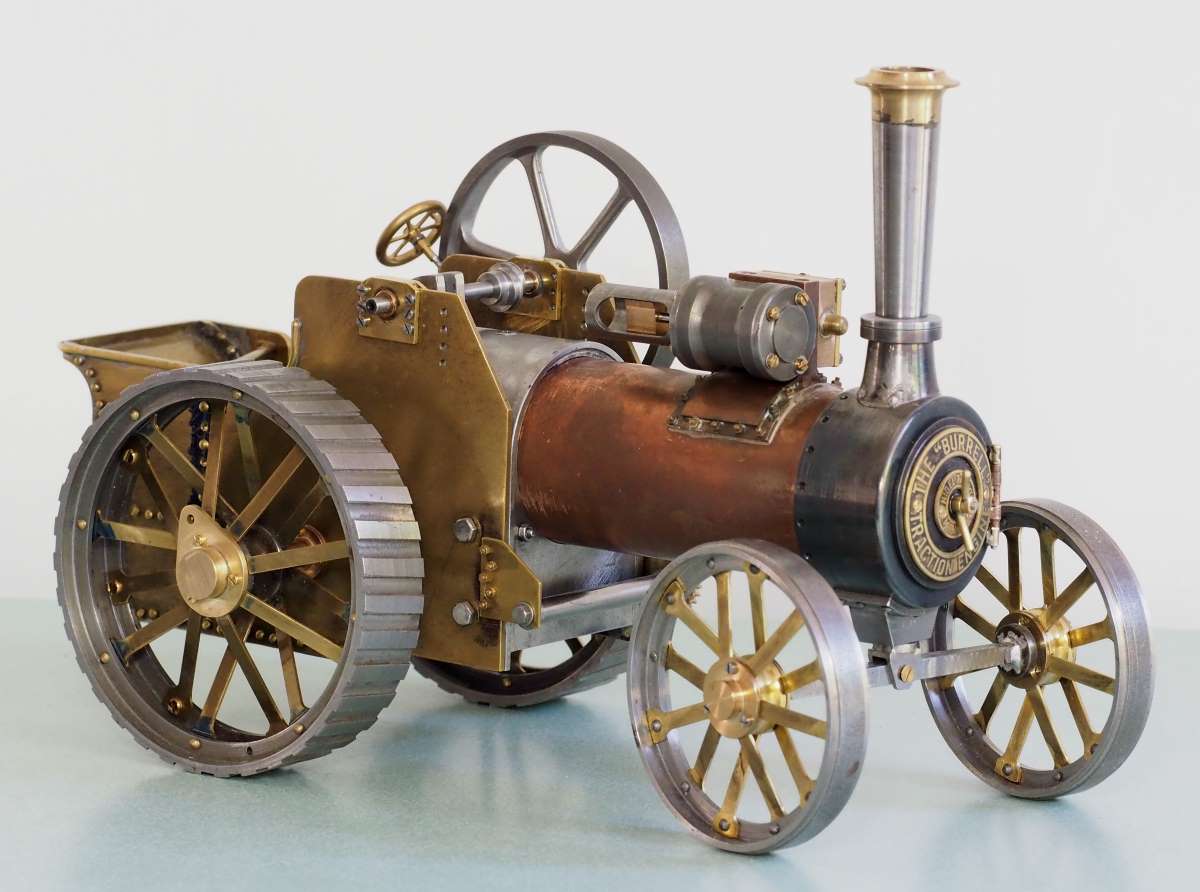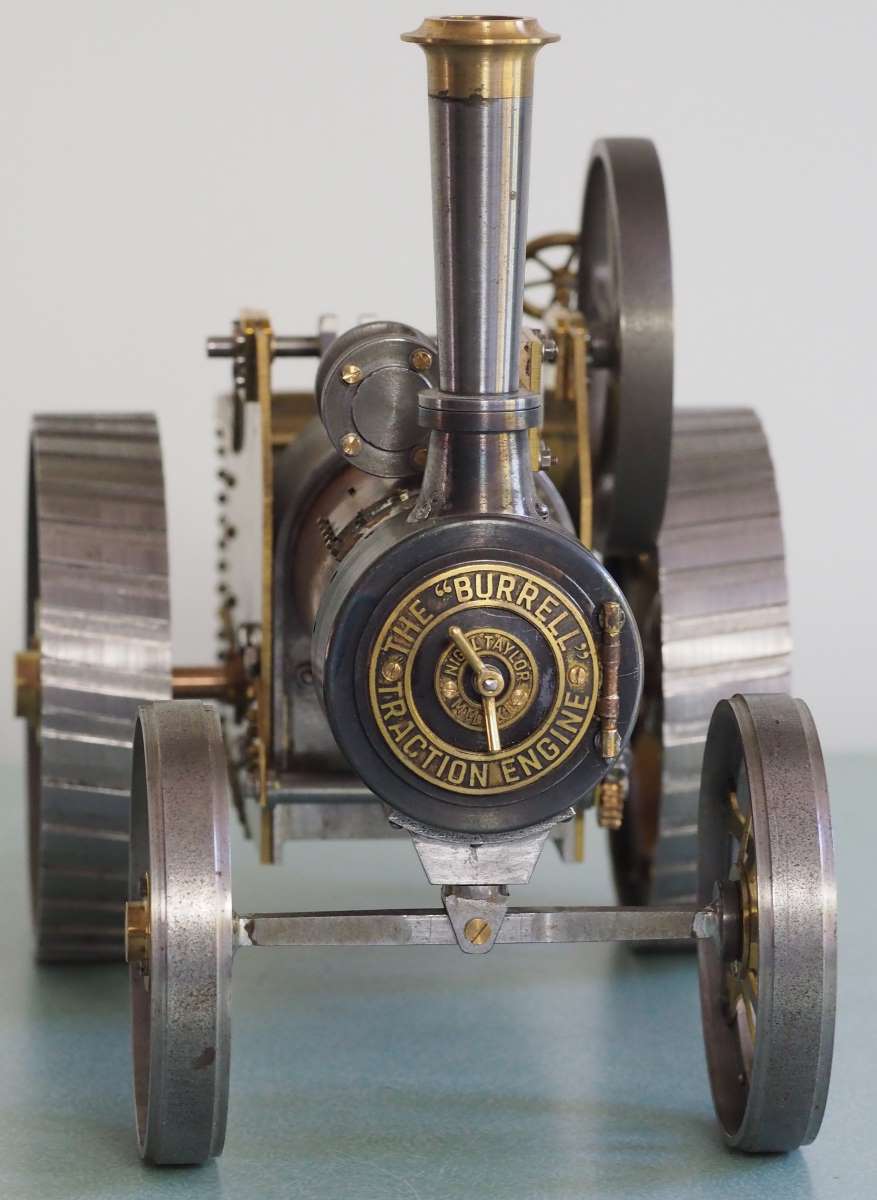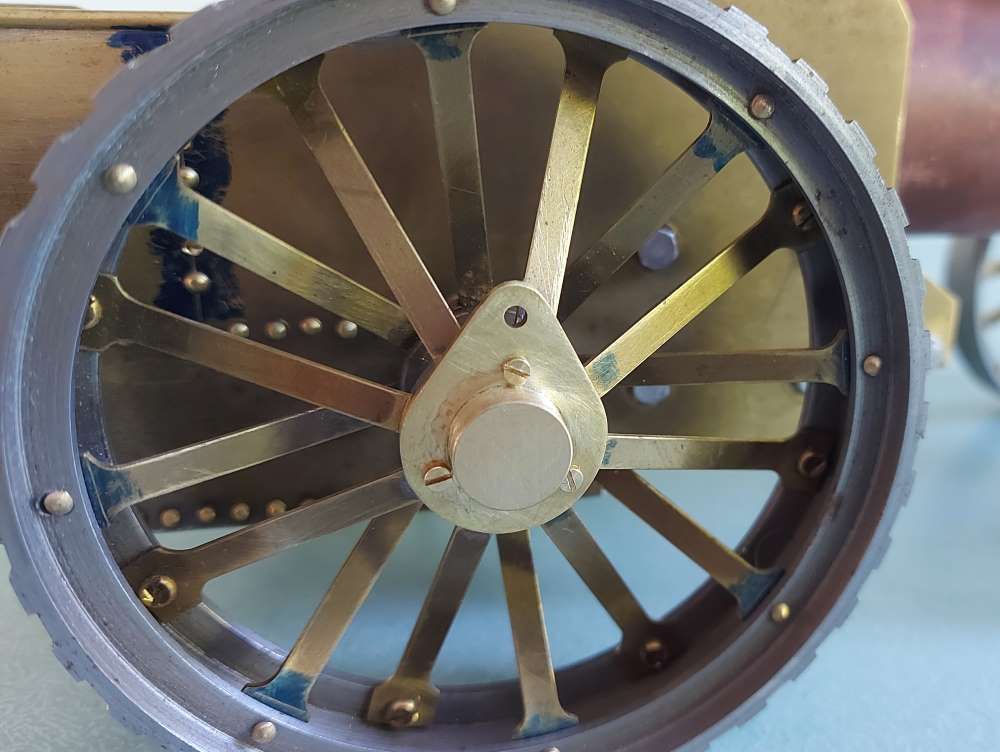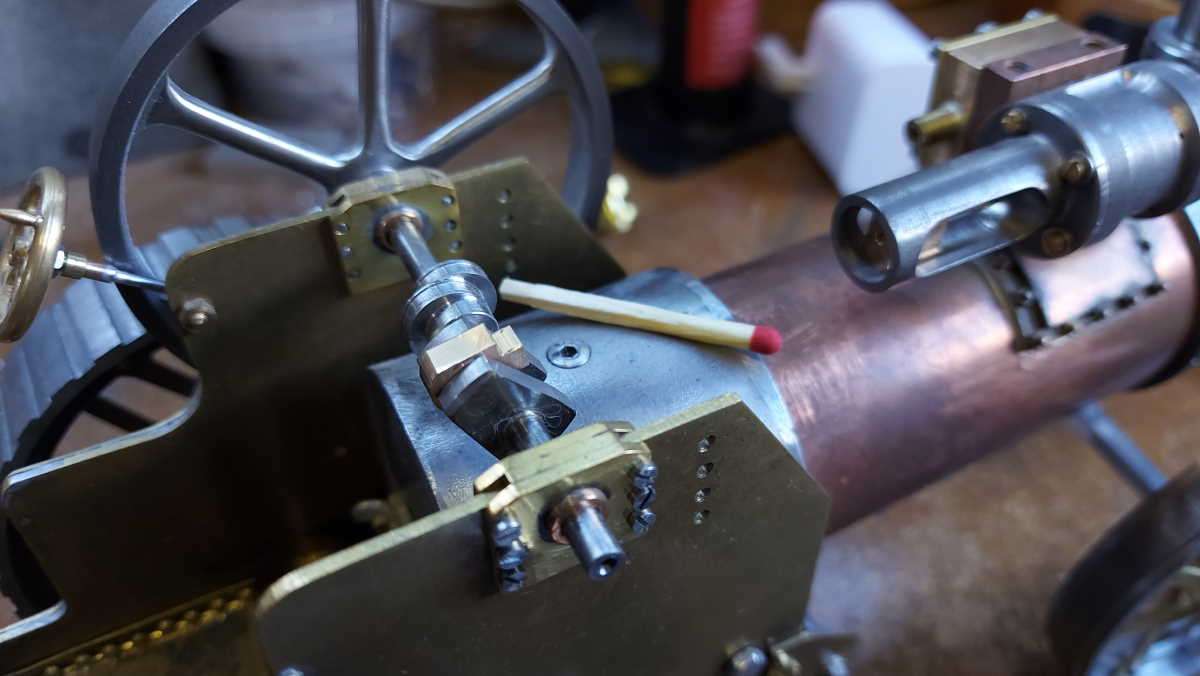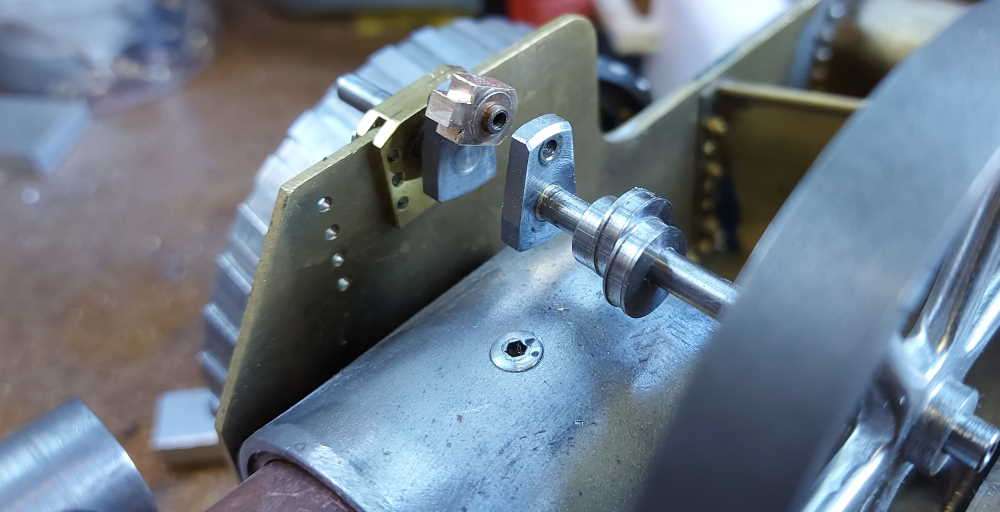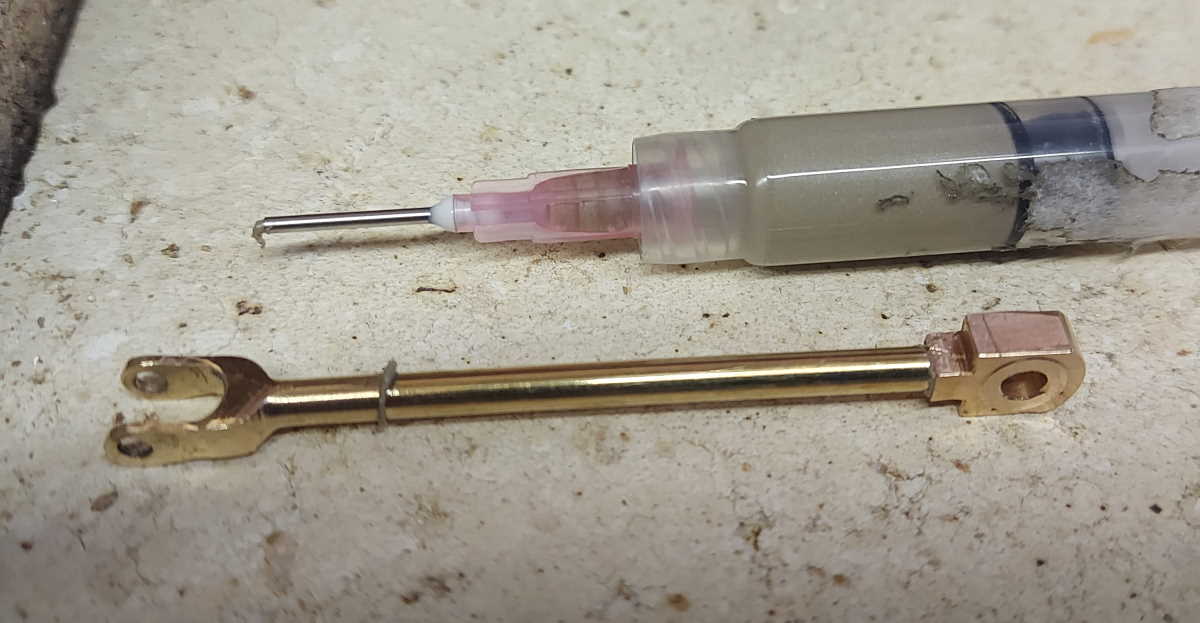Also a thick pencil line can form a limit to where the solder flows... it won't cross the line of clay and graphite. I use a Carpenter's pencil as a good black line for this... (when necessary).
K2
K2

Also a thick pencil line can form a limit to where the solder flows... it won't cross the line of clay and graphite. I use a Carpenter's pencil as a good black line for this... (when necessary).
K2
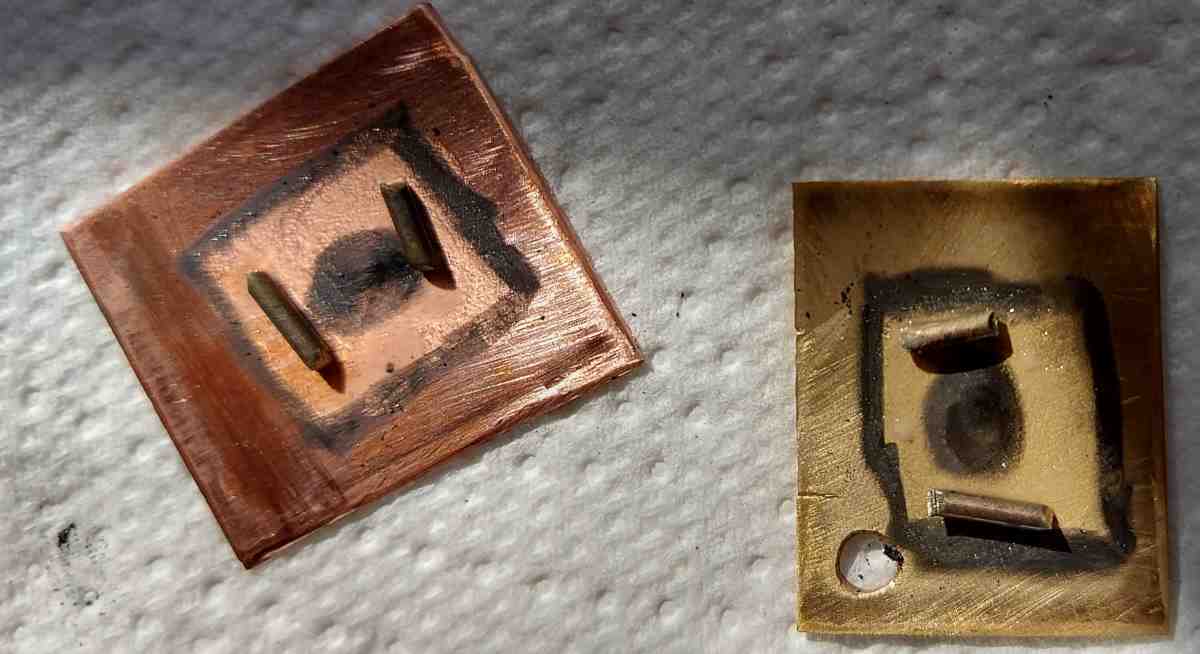
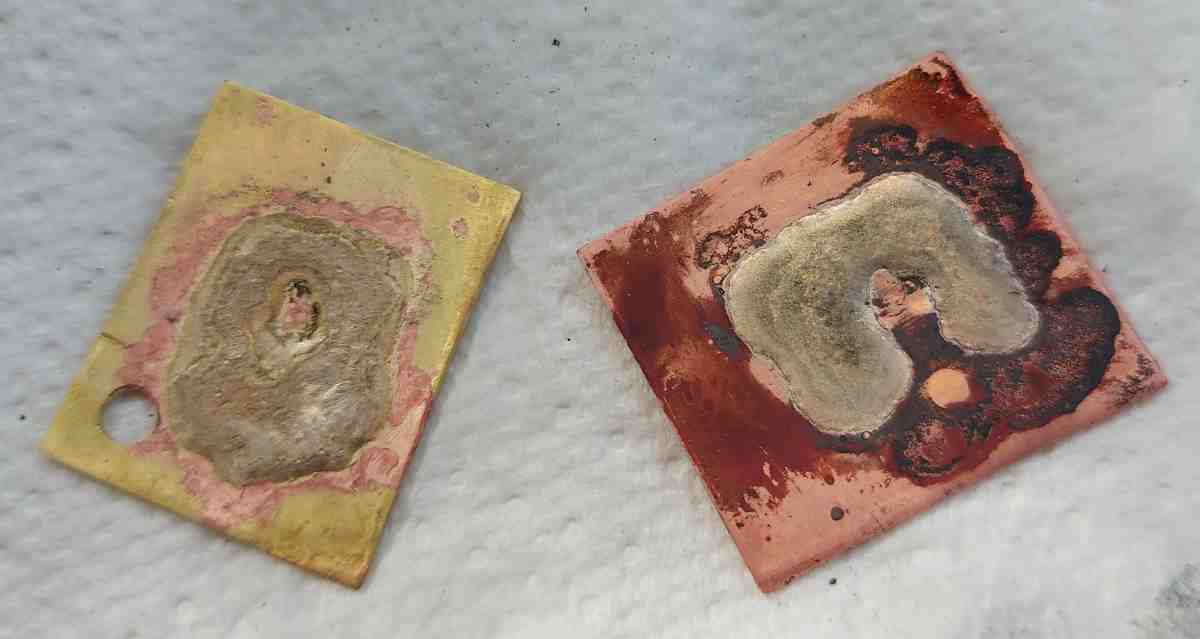
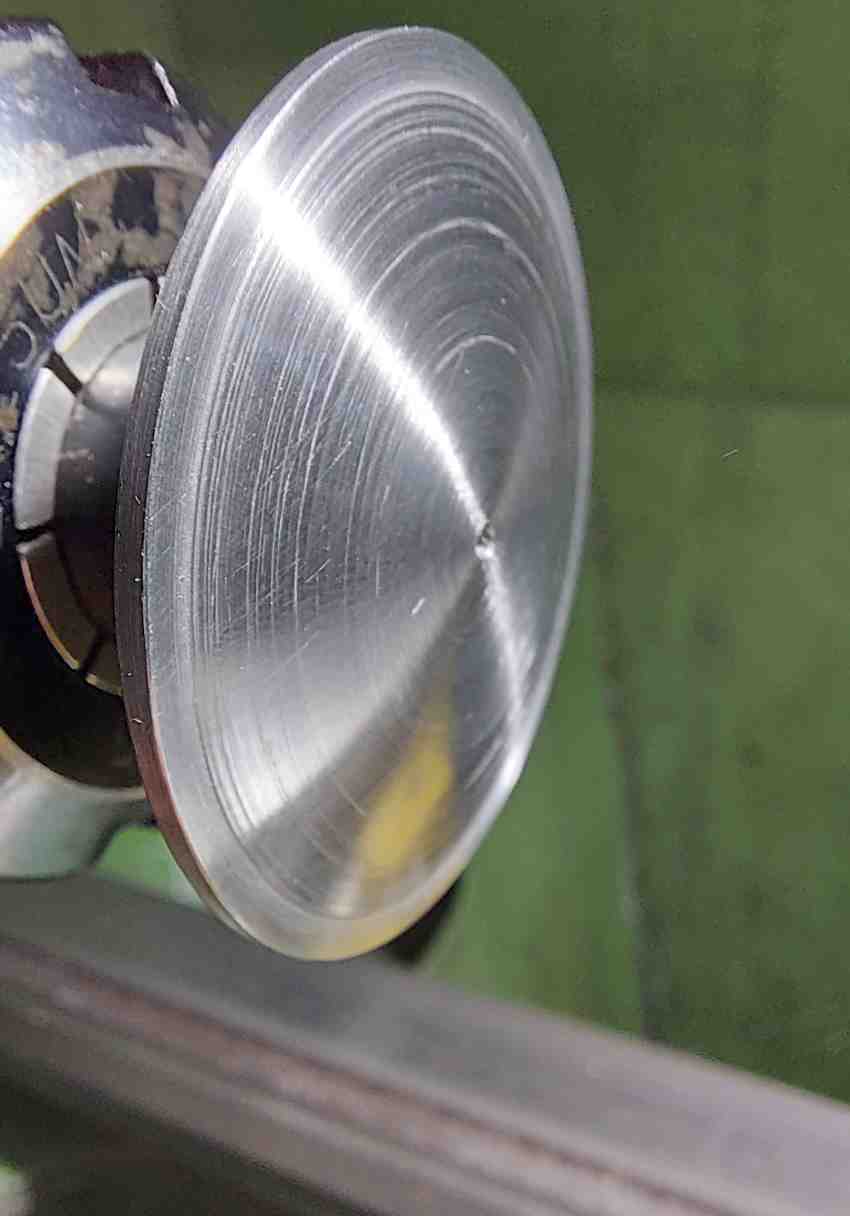
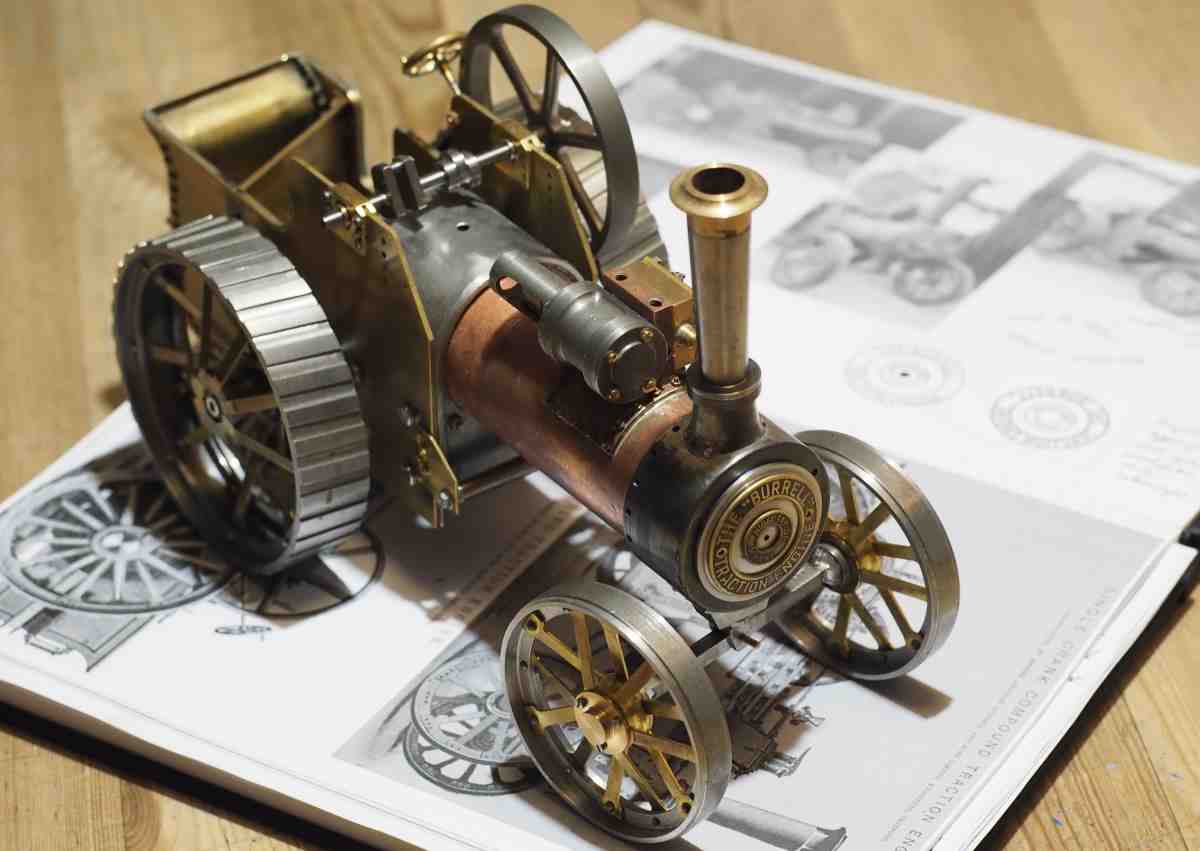
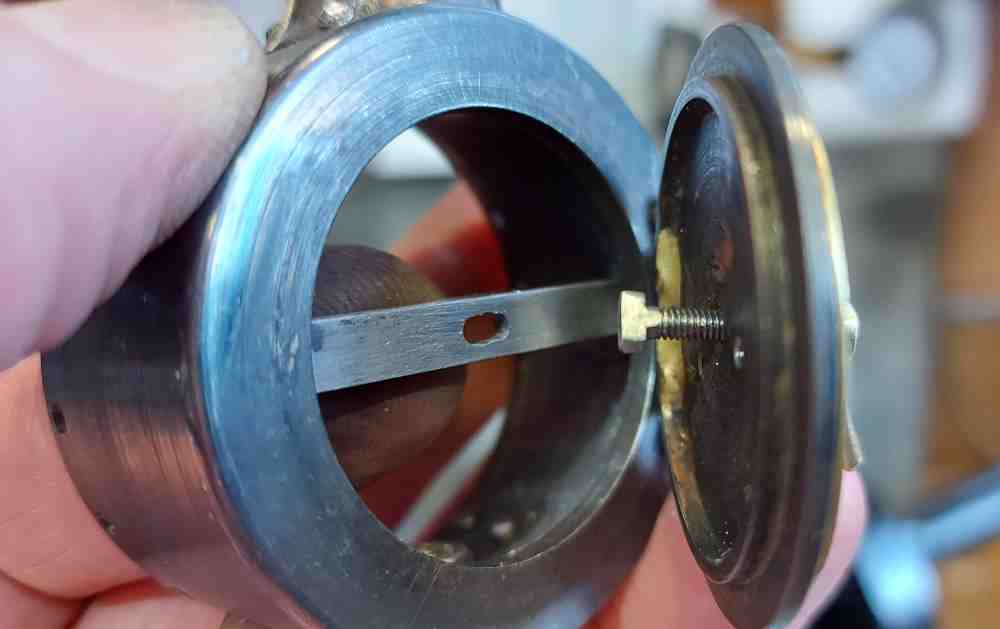
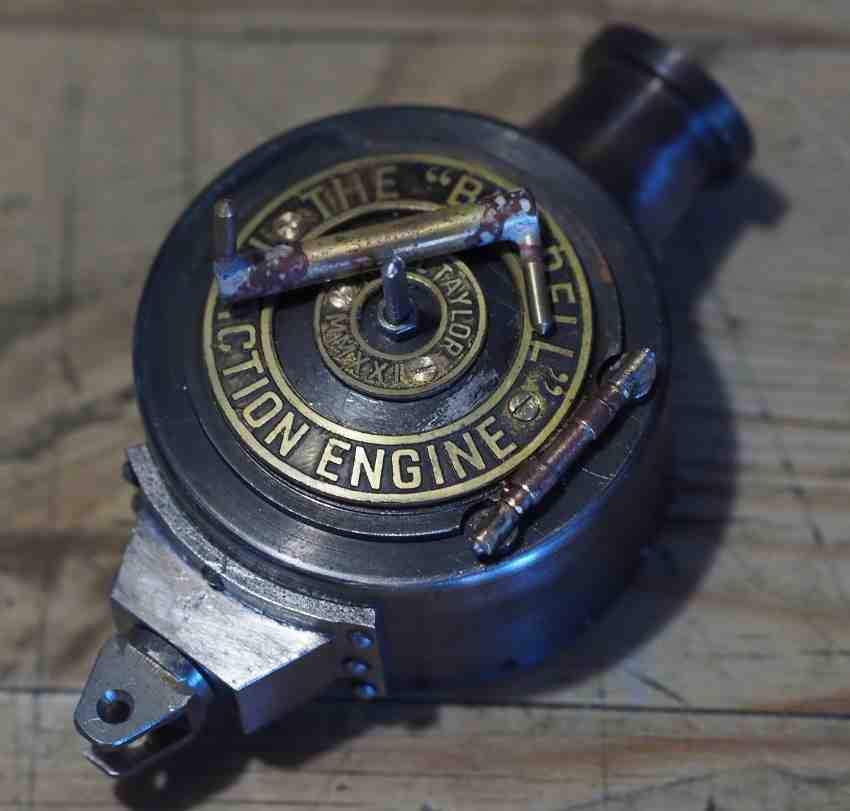
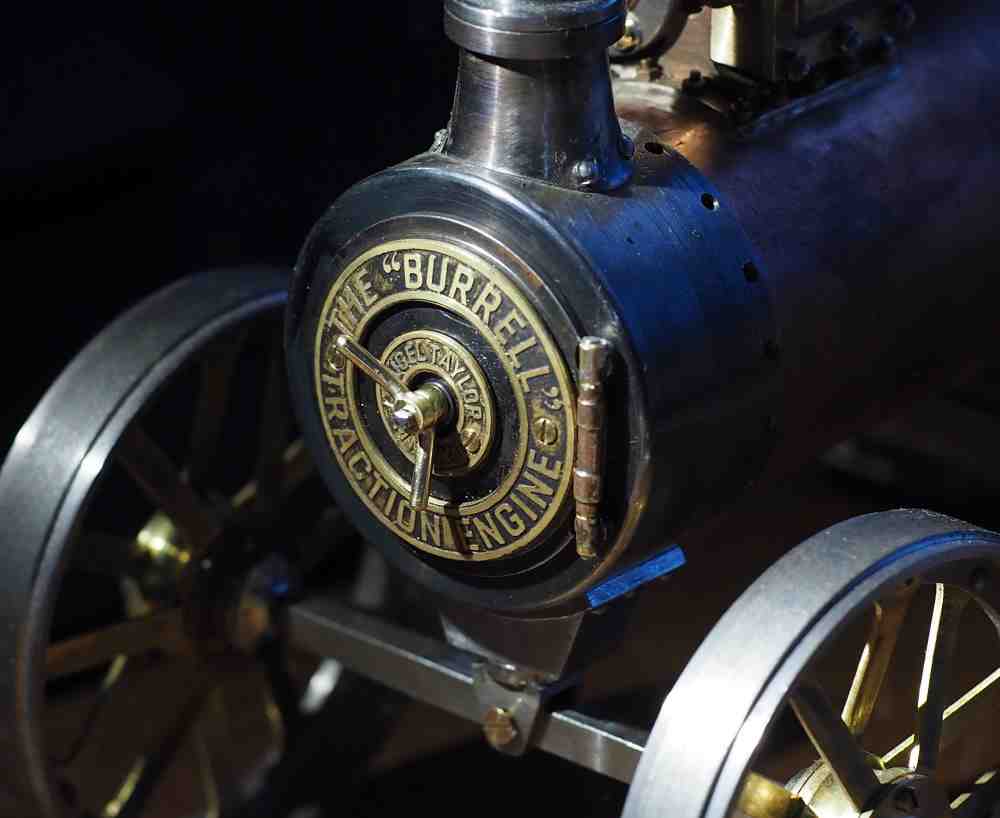
![DreamPlan Home Design and Landscaping Software Free for Windows [PC Download]](https://m.media-amazon.com/images/I/51kvZH2dVLL._SL500_.jpg)








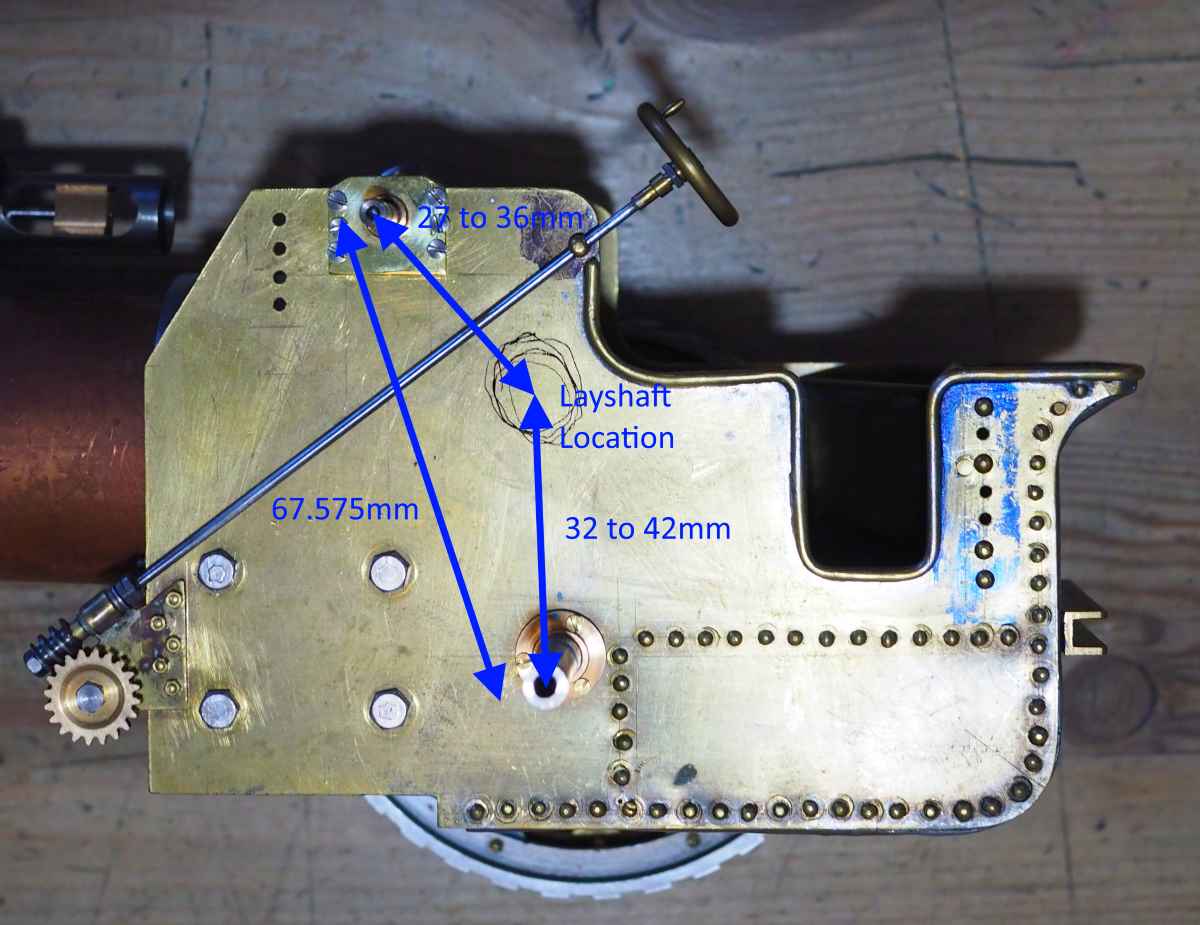
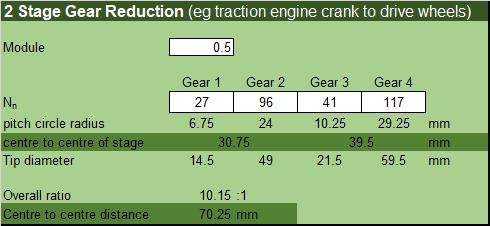
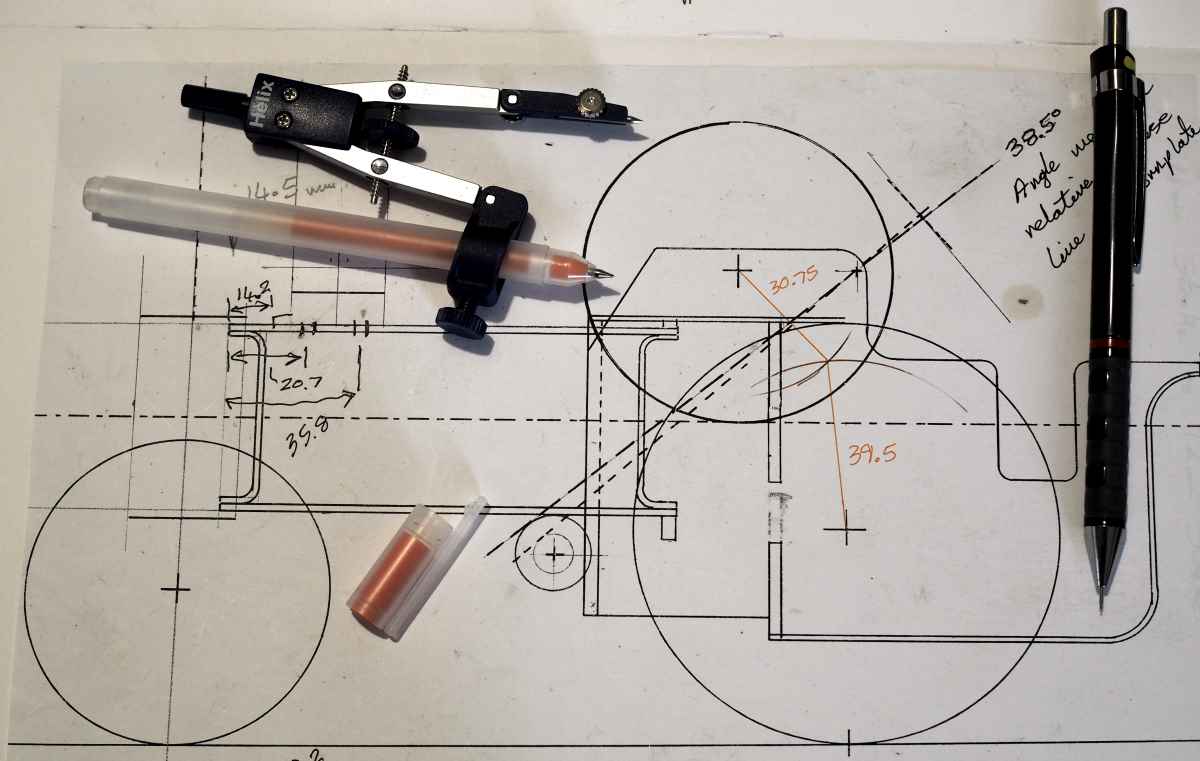
agree, so much easier just to lay the calculation out and check the alternativesI do like a spreadsheet for such calculations - each of my build folders has several, most of which I will probably never look at again.

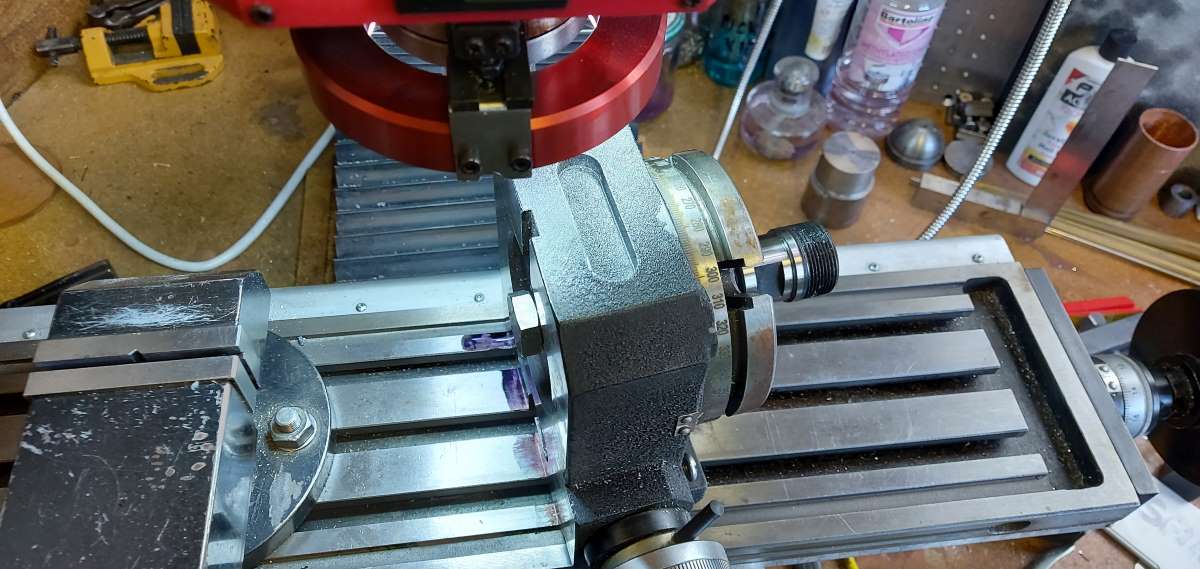
thank youBeautiful work. The videos really do justice to the intricate parts assembly of the mechanism.
